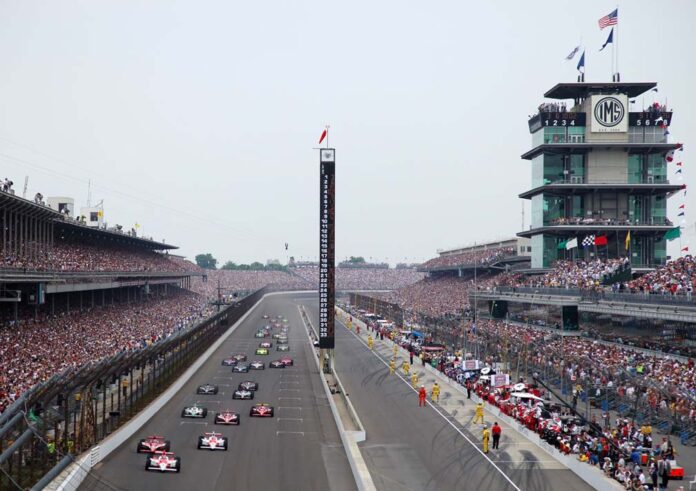Stadium DAS has been a big business for years, but now the marquee venues in most “NFL cities” already have a distributed antenna system, and many have already gone through at least one upgrade cycle. Smaller stadiums may not be able to secure carrier investment for a DAS, and some may be reluctant to commit to a system for fear the technology will be out of date within a few years.
So what’s next for stadium DAS? RCR Wireless put that question to DAS experts from Verizon Wireless, Mobile Experts, JMA Wireless and SOLiD Americas.
Verizon Wireless’ engineering director, Jake Hamilton, said the carrier views DAS upgrades in the context of its overall network upgrade strategy.
“I think this is going to be an ongoing upgrade process until traffic stops growing [and] we don’t really see that happening,” said Hamilton. “As that traffic continues to grow we have to continue to look at enhancements. We’re doing it on the existing macro network but we also have to do it in our venue locations as well. So a lot of the upgrades include converting existing frequencies that were used for earlier technologies, such as HSPA or 3G [or] EVDO, and converting that to LTE-capable technologies. So some of that stuff doesn’t necessarily require DAS upgrades and some of it does … and then if you look into the future with new spectrum that’s being purchased, with AWS-3 and other spectrum that’s being auctioned … I don’t see upgrades for DAS systems going away anytime soon,” he said.
Aside from overall network upgrades, Hamilton said the need to improve the user experience inside stadiums is driving Verizon Wireless’ DAS spending. “We look at adding additional zones or sectors to the stadiums to … split the traffic as the traffic continues to grow,” he said.
Ken Sandfeld, president of SOLiD Americas, said that venue owners have been asking wireless carriers for better DAS to keep fans connected during events.
“More often than not … there is really more political pressure or pressures from the public to the venue owner or even the venue owner basically saying [to the carrier] ‘the public’s not happy with the service in the facility,’ and usually that’s an executive to an executive call,” said Sandfeld. “It may not even pencil out properly for the ROI, but the operators usually don’t … have a choice because the public is crying out.”
Analyst Joe Madden of Mobile Experts said that when carriers are not prepared to invest in a DAS, a stadium owner may make the investment proactively to keep its customers happy.
“There’s more revenue on the line for the building owner than there is for the [mobile] operator in many, many enterprise cases,” said Madden. “There’s a better ROI for the building owners themselves to invest in a DAS than for the operator. You take a case like the Indianapolis Motor Speedway, they have a few big events a year and there’s not enough traffic on those few events for just a few hours to pay for the system from an operator’s point of view, but it’s really actually critical for the venue owner itself to have happy customers. … We’ve noticed that enterprise spending on this kind of equipment has tripled over the last three years.”
Connectivity may become a cost that stadium owners need to incur, but that cost can do more than keep people from staying home to watch a ballgame. It can also support mobile apps that drive revenue on game day.
“If you take Levi’s Stadium as an example, they now host their own applications which drive a lot of business,” said Todd Landry of JMA Wireless, which developed the Levi’s Stadium multicarrier DAS ahead of Super Bowl 50. “If you look at … the additional revenue generated on every aspect of their retail activities during an event like the Super Bowl, it’s very important for them to keep their people connected.”
Levi’s Stadium is also an example of a DAS that boosts capacity beyond the borders of the Santa Clara, California, stadium. Landry explained that surrounding neighborhoods also benefit from the stadium DAS.
“We’ve extended the system using fiber off of the in-venue DAS system to feed multicarrier coverage and capacity to small cell areas surrounding the stadium,” Landry said. “Part of the issue in many cases is concealing this technology in a way that blends with the cityscape nicely.”
Follow me on Twitter.

What's next for stadium DAS?
ABOUT AUTHOR
